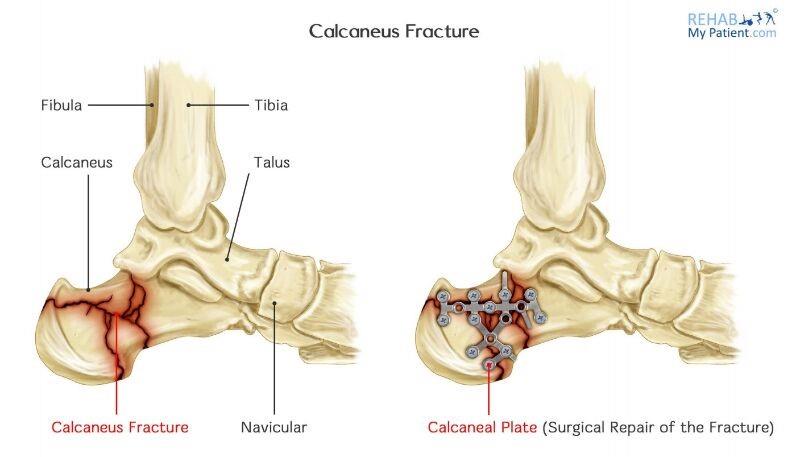LIFESTYLE NEWS - Exercise is one of the ways to improve your physical well-being and it aids in great measure to get rid of ailments, aches and pains. Follow the exercise programme provided by the biokineticists at Anine van der Westhuizen Biokineticist in George and feel the difference. This week biokineticist Megan van Huyssteen discusses ankle fractures which involve breaking one or more of the bones that make up the ankle joint.
These injuries can range from a small break in one bone which may not prevent you from walking, to larger or multiple fractures that may require surgery to stabilise the bones. Ankle fractures also involve injuries to the ligaments that hold the ankle bones and joint in place. The more bones that are broken, the more unstable the ankle becomes. The ligaments of the ankle hold the ankle bones and joint in position.
Anatomy
The bones of the feet are commonly divided into three parts: the hind foot, midfoot, and forefoot. Seven bones - called tarsals - make up the hind foot and midfoot. The calcaneus (heel bone) is the largest of the tarsal bones in the foot.
Together, the calcaneus and the talus form the subtalar joint. The subtalar joint allows side-to-side movement of the hind foot and is especially important for balance on uneven surfaces. 
There are two bony areas at the sides of the ankle - the medial malleolus (the inside part of the tibia), and lateral malleolus (the end of the fibula).
Causes of fracture:
- Twisting or rotating your ankle;
- Rolling your ankle;
- Tripping or falling;
- Impact during a car accident.
Symptoms of a broken ankle include:
- Immediate and severe pain;
- Swelling;
- Bruising;
- Tenderness when touched;
- Inability to put any weight on the injured foot ;
- Deformity, particularly if there is a dislocation as well as a fracture.
Calcaneus (heel bone) fractures
A fracture of the calcaneus, or heel bone, can be a painful and disabling injury. This type of fracture commonly occurs during a high-energy event - such as a car crash or a fall from a ladder - when the heel is crushed under the weight of the body. When this occurs, the heel can widen, shorten, and become deformed.
A fracture may cause the heel bone to widen and shorten. In some cases, a fracture may also enter the subtalar joint in the foot. When this occurs, damage to the articular cartilage covering the joint may cause long-term complications such as chronic pain, arthritis, and loss of motion.

In a high-energy fracture, other injuries, such as fractures of the spine, hip, or other heel, can occur.
'We bring you the latest Garden Route, Hessequa, Karoo news'















